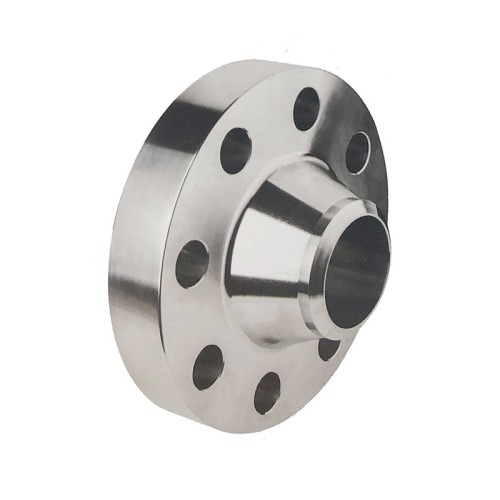flange coupling types
Understanding Flange Coupling Types
Flange couplings are vital components in mechanical engineering, widely used for connecting shafts in various industrial applications. Their ability to accommodate misalignments, transmit torque, and facilitate maintenance makes them essential in many mechanical systems. This article aims to explore the types of flange couplings, their applications, advantages, and considerations.
What is a Flange Coupling?
A flange coupling consists of two flanges—one attached to each shaft end—fastened together by bolts. This design allows for easy assembly and disassembly, making it a popular choice in many settings. Flange couplings gain their strength from the bolted connections, which can withstand significant torque without slipping.
Types of Flange Couplings
1. Standard Flange Couplings - Description These are the most common type, featuring flat flanges with either a raised face or a flat face. - Applications Used in various industries, including manufacturing, mining, and energy. - Advantages They provide a solid and reliable connection and are available in various sizes to accommodate different shaft diameters.
2. Screw-Type Flange Couplings - Description This type includes flanges with special grooves for screws or pins to secure the joints. - Applications Commonly found in applications requiring higher torque and more secure connections. - Advantages Enhanced grip and reduced risk of disconnection under high-stress conditions.
3. Flexible Flange Couplings - Description These couplings incorporate flexible elements, such as rubber or elastic materials, to absorb shock and accommodate misalignment. - Applications Widely used in pumps, compressors, and fans, where vibrations and misalignments can be detrimental. - Advantages They protect connected components from wear and tear caused by misalignment and vibration.
4. Rigid Flange Couplings - Description Rigid couplings provide a straight connection between two shafts without any flexibility. - Applications Suitable for applications where the shafts are perfectly aligned, such as in precise machinery. - Advantages High torque transmission and minimal backlash, making them ideal for delicate operations.
flange coupling types

5. Custom Flange Couplings - Description Tailored to meet specific application requirements, these couplings can vary in size, shape, and materials. - Applications Used in specialized industries, including aerospace and automotive engineering. - Advantages Customized solutions allow for optimal performance in unique operational environments.
Benefits of Flange Couplings
- Easy Maintenance Flange couplings can be easily disassembled for shaft maintenance or replacement without removing the connected machinery. - Durability Made from robust materials, open flange couplings can withstand extreme conditions in industrial environments. - Versatility They are suitable for various applications across multiple sectors, demonstrating adaptability in design and function. - Misalignment Accommodations Some types allow for misalignments, thus reducing the wear and operational issues associated with shaft misalignments.
Considerations for Choosing Flange Couplings
When selecting a flange coupling, it's essential to consider several factors
1. Torque Requirements Assess the torque that the coupling must transmit to ensure compatibility. 2. Shaft Alignment Determine whether misalignment will occur in the application and choose the appropriate coupling type. 3. Environmental Conditions Consider the operating environment, including temperature, humidity, and potential exposure to corrosive substances. 4. Space Constraints Evaluate the physical space available for installation, as some couplings require more room than others.
Conclusion
Flange couplings are integral to the mechanical transmission of power across various industries. Understanding the types of flange couplings available, their applications, and their advantages can greatly influence the selection process for engineers and technicians. By considering specific operational requirements, one can ensure the selection of the most suitable coupling design, enhancing performance, reliability, and longevity in mechanical systems.
-
The Key to Fluid Control: Exploring the Advantages of Ball Valves in Industrial SystemsNewsJul.09,2025
-
The Versatile World of 1, 2, and 3 Piece Ball ValvesNewsJul.09,2025
-
Stainless Steel Ball Valves: The Ideal Choice for Efficient Flow ControlNewsJul.09,2025
-
Optimizing Fluid Control with Ball Float ValvesNewsJul.09,2025
-
Manual Gate Valves: Essential for Control and EfficiencyNewsJul.09,2025
-
Everything You Need to Know About Butterfly ValvesNewsJul.09,2025
-
The Versatility of Wafer Type Butterfly ValvesNewsJul.08,2025




